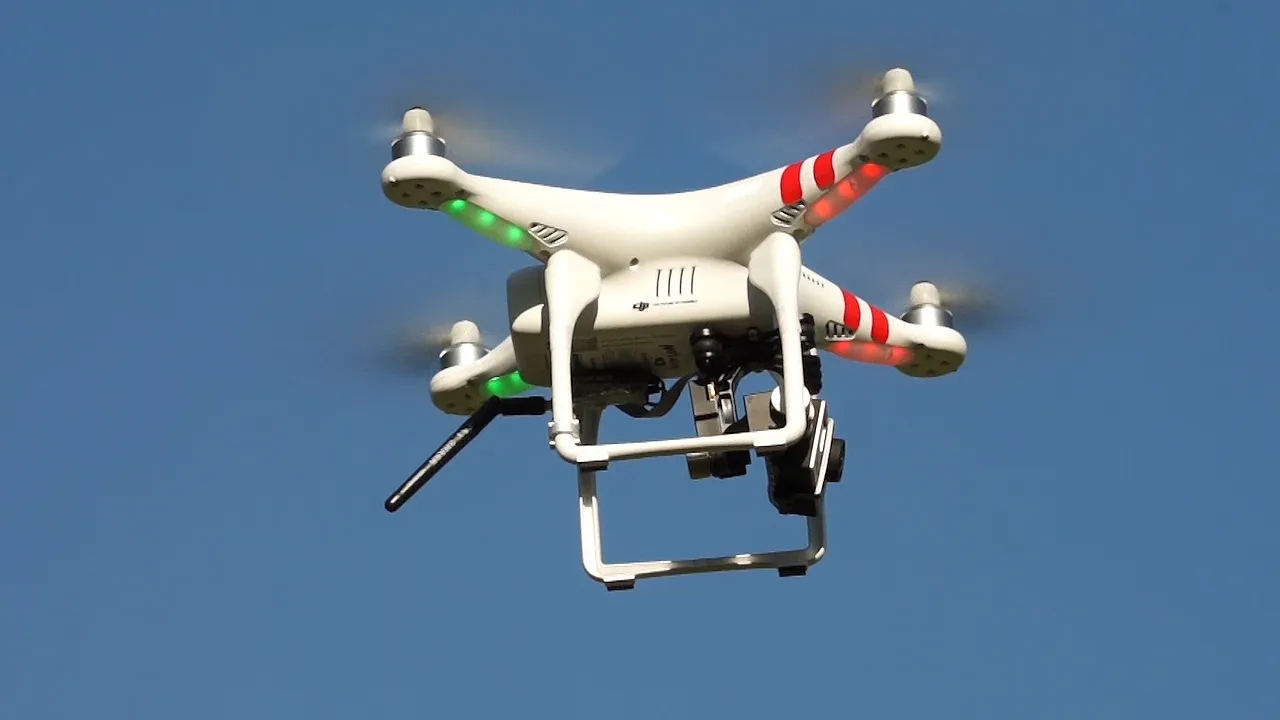The Rise of Drones: Transforming Industries and Shaping the Future
Introduction
Over the past few decades, drones have emerged as one of the most revolutionary technological advancements of our time. From their inception as military tools to their widespread adoption in various industries and consumer applications, drones have captured the imagination of people worldwide. In this article, we will explore the history, technology, current applications, and future potential of drones, examining their impact on industries and society at large.
History and Evolution
The concept of unmanned aerial vehicles (UAVs) dates back to the early 20th century, but it wasn’t until the mid-20th century that significant progress was made in their development. The first true drone, the Radioplane OQ-2, was created in the 1930s by actor and inventor Reginald Denny. It was initially used as a target practice tool for anti-aircraft gunners but later found military applications during World War II.
Fast forward to the 21st century, advancements in miniaturization, sensors, and battery technology led to the commercialization of drones. DJI, a Chinese company, played a pivotal role in this transformation by introducing the Phantom series in 2013, which became the first mass-produced consumer drone.
Types of Drones
Drones come in various shapes and sizes, tailored to their intended purposes. The main categories include:
- Quadcopters: Four-rotor drones are the most common consumer drones, known for their stability and maneuverability. They are popular for aerial photography and videography.
- Fixed-Wing Drones: Designed like airplanes, fixed-wing drones have longer flight times and are suitable for large area mapping and surveillance missions.
- Hexacopters and Octocopters: Drones with six or eight rotors provide increased redundancy and lifting capabilities, making them suitable for heavy payloads and industrial applications.
- Nano Drones: Extremely small drones, often palm-sized, used for indoor flying and surveillance in tight spaces.
- Hybrid Drones: Combining features of both fixed-wing and multirotor drones, these versatile UAVs are ideal for long-endurance missions.
Drone Technology
Modern drones rely on a combination of cutting-edge technologies to function effectively:
- GPS Navigation: Global Positioning System (GPS) allows drones to navigate accurately and autonomously.
- Sensors: Drones are equipped with various sensors like cameras, LiDAR, ultrasonic, and infrared, enabling them to perceive the environment and make informed decisions.
- Communication Systems: Drones use radio frequency or satellite communication to transmit data and receive commands from operators.
- Battery Technology: Advances in battery technology have led to longer flight times and improved efficiency.
- Artificial Intelligence: AI plays a crucial role in autonomous flight, obstacle avoidance, and smart mission planning.
Current Applications
Drones have found applications in numerous industries, disrupting traditional practices and offering innovative solutions:
- Aerial Photography and Videography: Drones equipped with high-quality cameras have revolutionized photography and filmmaking, capturing stunning aerial shots and footage.
- Agriculture: Drones aid farmers in precision agriculture by monitoring crops, assessing soil health, and spraying pesticides with precision.
- Construction and Infrastructure Inspection: Drones can safely and efficiently inspect tall structures, bridges, and power lines, reducing human risk and cutting costs.
- Disaster Relief and Search and Rescue: Drones are deployed in disaster-stricken areas to assess damage, locate survivors, and deliver essential supplies.
- Environmental Monitoring: Drones monitor wildlife, track deforestation, and assess the health of ecosystems, aiding in environmental conservation efforts.
- Package Delivery: Companies like Amazon and Google are experimenting with drone deliveries to improve the efficiency of their logistics networks.
- Security and Surveillance: Drones are used for border patrolling, crowd monitoring, and surveillance in areas with limited accessibility.
Challenges and Concerns
Despite their potential benefits, drones also present several challenges and concerns:
- Regulation: The rapid proliferation of drones has posed challenges for governments worldwide to create effective and balanced regulations.
- Privacy: The use of drones for surveillance raises concerns about invasion of privacy and data security.
- Safety: Ensuring the safe integration of drones into airspace is a critical challenge, especially in densely populated areas.
- Security: There are concerns about drones being used for malicious activities, such as smuggling or carrying out attacks.
The Future of Drones
The future of drones is full of promise and excitement. As technology continues to advance, we can expect to see:
- Increased Automation: Drones will become more autonomous and capable of performing complex tasks without human intervention.
- Urban Air Mobility: The concept of passenger-carrying drones, also known as flying taxis, is being explored by companies and could revolutionize urban transportation.
- Drone Swarms: Swarms of drones could be used for collaborative missions, from search and rescue to agricultural tasks.
- Integration with 5G and IoT: Drones will be part of a larger ecosystem of interconnected devices, leveraging the power of 5G and the Internet of Things (IoT).
- Space Exploration: Drones could play a role in exploring other planets and celestial bodies, conducting reconnaissance missions, and gathering data.
Conclusion
Drones have transformed the way we interact with technology, enabling us to see the world from a new perspective and offering unprecedented solutions to complex challenges. As we continue to navigate the evolving landscape of drone technology, it is crucial to strike a balance between innovation, regulation, and ethical considerations to harness the full potential of this remarkable technology while ensuring safety, security, and privacy for all. The rise of drones will undoubtedly shape our future, and it is up to us to guide this transformation responsibly.





